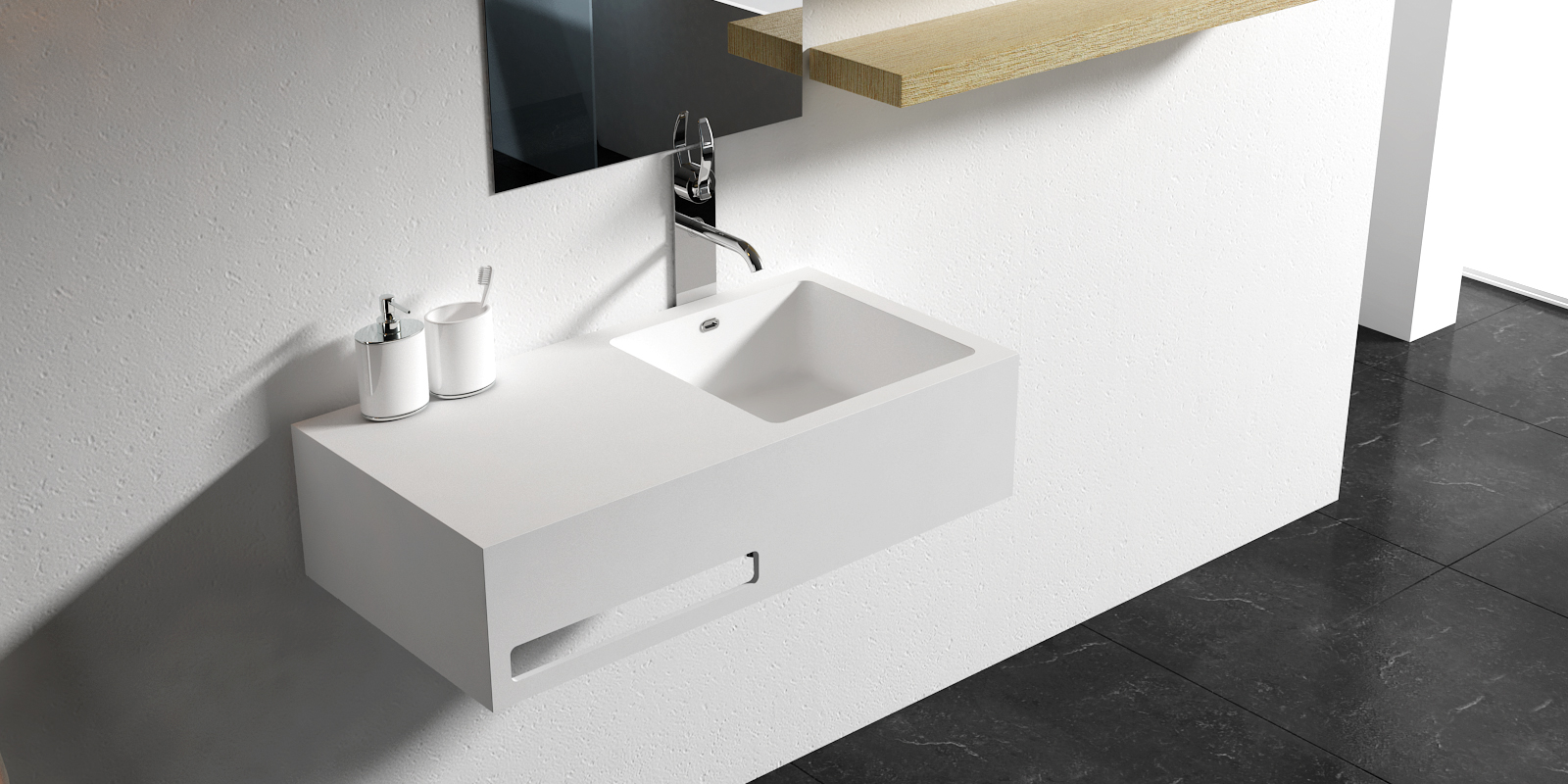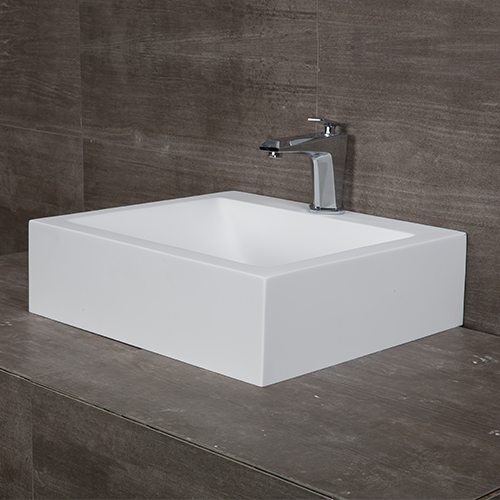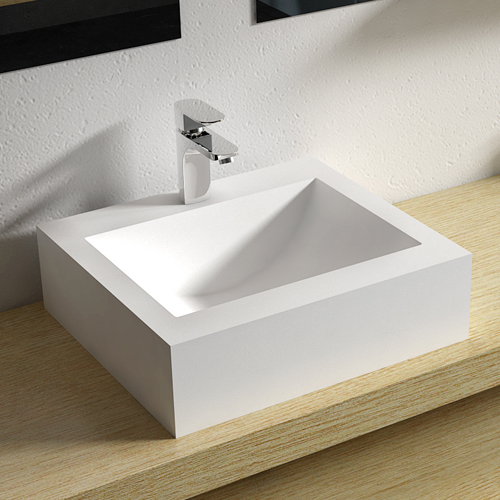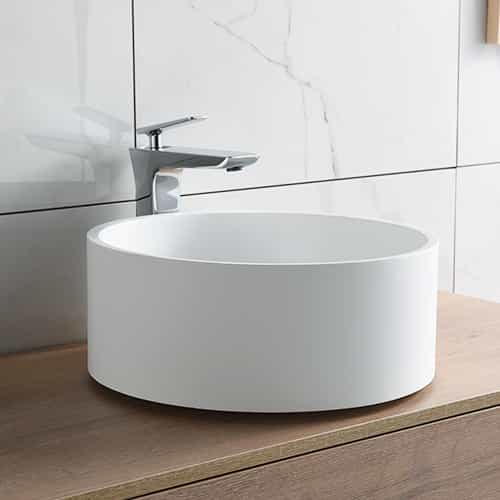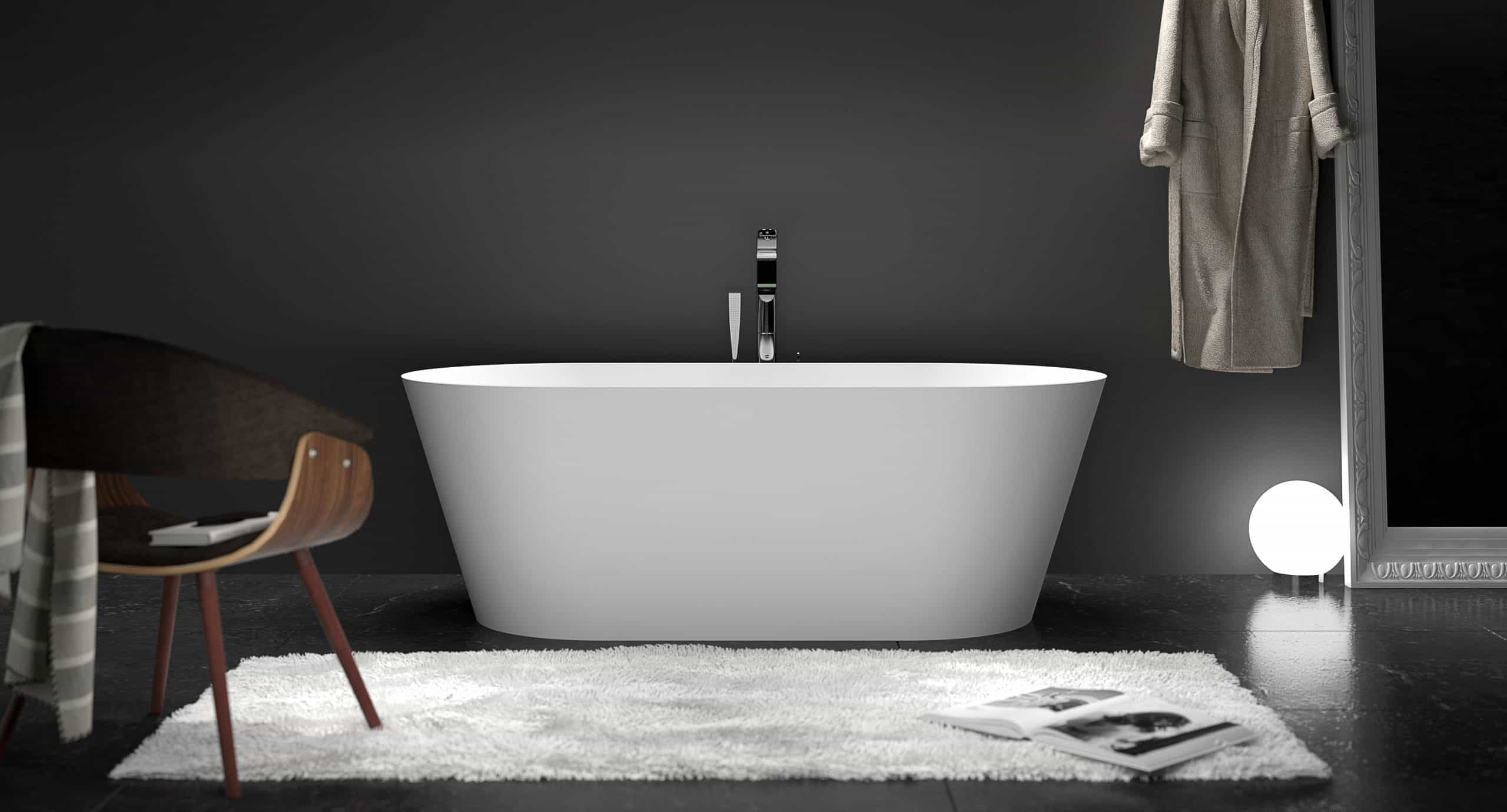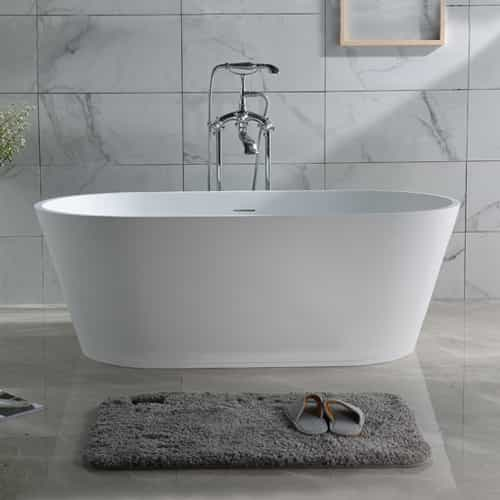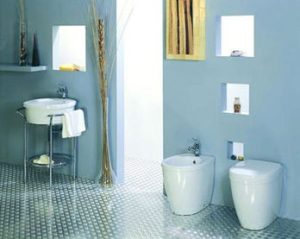
The toilet is broken, the shower is blocked… These problems are always prone to occur during the use of the bathroom. Therefore, when decorating the bathroom, we must control the details of all aspects in order to avoid the impact on daily life as much as possible. Let’s follow the editor to learn about the relevant knowledge of bathroom decoration.
1. Frequently asked questions about bathroom decoration
1. Reserved water circuit
When the bathroom is decorated, the owner often forgets to reserve more power sockets and waterways, and the later replacement of the smart toilet will easily lead to inconvenience.
2. The problem of wall and floor tiles
Do at least 24 hours of closed water test before laying floor tiles, go downstairs to see if there are any signs of water leakage; floor tiles are aligned with wall tiles, and when laying floor tiles, ensure that there is a drainage slope of about 1° on the brick surface. towards the floor drain.
3. Dry and wet should be separated
If the bathroom is not separated from wet and dry, it is easy to cause water splashing everywhere in the shower, people are prone to slipping, it is not conducive to cleaning, and the bathroom cannot be kept fresh.
4. What problems will there be when ordinary toilets are replaced with smart toilets?
When installing an ordinary toilet, users generally do not consider the follow-up transformation of the water circuit, and do not reserve a strong power supply, socket and water circuit at the toilet location, which will make it difficult to use the smart toilet in the future.
Second, toilet, bathtub, bathroom cabinet, hardware installation points
1. Toilet installation
The toilet is one of the most important parts in the bathroom. The installation work is carried out by professionals, but there are still some things that need to be checked before installation to avoid minor negligence that will cause troubles in the future.
(1) Check the pipeline
Before installing the toilet, check whether there is any sediment or debris in the pipeline and whether the ground is level; the plastic pipeline used for the sewage pipeline should meet the national standard, and the inner wall should be smooth and flat, without bubbles, cracks or other defects; the height of the pipeline should be 10mm higher than the ground, Avoid sewage spills.
(2) Mark position
Make a mark on the toilet sewage pipe and sewer sewage pipe to determine the installation position of the toilet. Use an electric drill to drill a hole and bury the expansion screw, and install a sealing ring or glass glue on the sewage outlet of the toilet to ensure that the pipe joint is stable.
(3) Parts installation
When installing the toilet parts, it is necessary to connect the water pipes for the installation of the accessories for debugging the water tank. Before that, check whether the water valve switch and the toilet water pipe are normal, and whether there is water leakage when pumping. After the toilet is installed, test it to see if the drainage is smooth and whether there is any blockage.
2. Bathtub installation
Before installing a bathtub, you must first select a bathtub of appropriate size according to the specifications of the bathroom, and reserve enough space, and then consider details such as the function, material, and design of the bathtub.
(1) Build the contour and leave the inspection hole
After the load-bearing and waterproof are no problem, start to build a rough outline with brick cement, veneer the exterior and upper part with ceramic tiles, and use foam bricks at the bottom to cushion the bathtub, and pay attention to leave a good inspection hole at the corresponding position of the downpipe. The general size is 250x300mm.
(2) The bottom pad is raised and the fit is tight
A layer of glass glue needs to be applied to the place in contact with the bottom of the bathtub to prevent the use of the bottom from being wet, or to wear the glaze of the bathtub; snap the bathtub in from the top, and connect the sewer pipe. Pay attention to the tight fit between the bathtub and the skirt to avoid foreign objects Mixed or porosity exists.
(3) Precautions for installation
The low wall around the bathtub should be solid and have sufficient support; do not use bricks or other hard objects for the bottom support, which is easy to wear the bathtub; The water outlet pipe and the drain pipe are tightly connected and will not leak.
3. Bathroom cabinet installation
The bathroom is full of water vapor all the year round, so the quality of the bathroom cabinet is very important. Attention should also be paid to the installation work. If a small part is not installed properly, it may affect the service life and use experience of the bathroom cabinet.
(1) Determine the installation location
To install the bathroom cabinet, you need to make holes in the wall, and you need to make the water inlet and drainage holes. Once the position is determined, you cannot change it at will. Therefore, it is best to determine the installation location of the bathroom cabinet before laying wall and floor tiles, so that other installation work can proceed smoothly.
(2) The shape and size of the cabinet
Determine the shape and size of the bathroom cabinet according to the installation location. Before buying a bathroom cabinet, first measure the size of the reserved bathroom cabinet, and choose a suitable cabinet according to the size range. Pay attention to check the material and hardware accessories of the bathroom cabinet when purchasing.
(3) Installation height of bathroom cabinet
The installation height of the cabinet should be adjusted according to the height of the user. The range of 80-85cm from the ground to the upper edge of the basin is the standard height, which can be adjusted according to the height and usage habits of the family during installation. The position of the mirror is suitable for the user to stand with his head in the middle.
4. Hardware installation
The bathroom hardware accessories currently on the market are made of various materials, and are divided into multiple types according to the items used. Therefore, their installation positions are different. Only when they are installed in the correct position can they be used more conveniently.
(1) Fabric Placement/Hanging Rack Towel Rack
It is mainly installed near the bathtub, about 1.8 meters above the ground, bath towels are placed on the upper layer, and towels can be hung on the lower layer; clothes hooks are generally installed behind the door or on a dry wall, 1.7 meters above the ground, for hanging clothes or other items. Can be used in combination.
(2) Shelves/toiletries racks
There are single-layer and double-layer racks, which are generally installed above the basin and under the mirror, with a suitable distance of 30cm from the basin, where cosmetics, toiletries, soap, etc. can be placed; a separate shelf for toiletries is installed on both sides of the basin On the walls of the bathroom, soap nets are mostly installed on the interior walls of the bathroom…
(3) Cleaning Tool Rack/Corner Rack
The toilet brush is mostly installed on the wall behind the toilet. In order to prevent water accumulation, it should be 10cm above the ground; the fan-shaped corner rack is mostly installed in the corner, and the corner is used to place washing powder, detergent, brushes or other items. The installation position If it is relatively high, you can also put shampoo and shower gel.
Three, bathroom product selection skills
1. The all-ceramic toilet is heavy enough
The glazed surface of the toilet should be smooth and smooth. The high-grade toilet has reached the level of full porcelain and has a heavy weight. It sounds crisp and loud when knocked.
2. Choose a long shape for the bathtub
The first choice for the bathtub is a long bathtub. The size is determined according to the bathroom area, and then the depth and contour are considered. The bottom of the bathtub should be treated with anti-slip treatment.
3. The moisture-proof of the bathroom cabinet is the key point
Bathroom cabinets give priority to moisture-proof, mildew-proof, waterproof and durable materials, which can resist high temperature, anti-collision, easy to clean, corrosion-resistant, and not easy to leave traces.
4. The hardware pendant is anti-corrosion
The bathroom is humid all the year round, and the hardware accessories should be made of anti-corrosion materials, the surface coating should be fine and uniform, and the welding joints should be tight without gaps.







